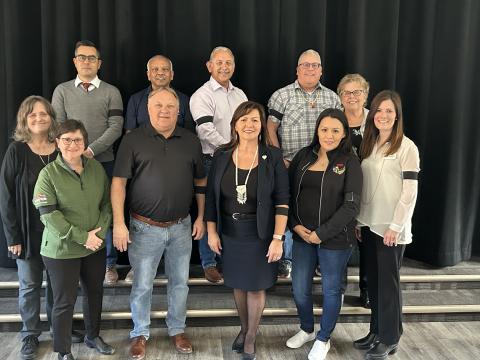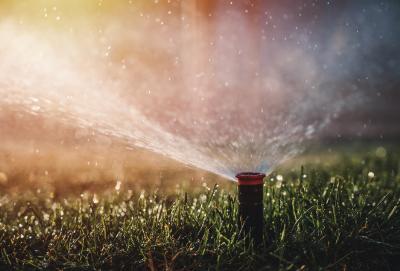History Heritage and Culture Truth and Reconciliation
Relationship Building

In recent years, the Tk’emlúps te Secwépemc (TteS) community and the City have developed a new approach to relationship building and reconciliation. The development started with a series of Community to Community Forums, which began over a decade ago and helped the Kamloops community recognize TteS culture, values, and history through agreements, physical projects, and plans. The pathway our communities have forged has branched in several directions and includes collaboration on projects ranging from transit service to park trails and joint working groups.
The 2019–2022 Kamloops City Council Strategic Plan includes direction to strengthen relationships with Indigenous communities. This direction reflects the City’s priority to improve its relationship with TteS and is an example of how collaboration has continued through changes in elected leaders from both communities.
In 2019, the relationship between TteS and the City was featured in a Pathways to Collaboration case study developed by the Union of BC Municipalities, the Province of British Columbia, and the First Nations Summit.
Agreements
Initiatives
“The TteS and CoK are agents of change, engaging in initiatives that provide opportunities for both communities to work side by side for the betterment of community. They are breaking down barriers of implicit bias and enhancing awareness of the history, culture and legislative limitations of First Nations Communities. These initiatives are imperative and can stand as models for other communities of how to increase knowledge and understanding that will contribute to achieving outcomes and resolving issues outlined by the Truth and Reconciliation Commission.” – Leslie Brochu, Former Vice President of Sun Rivers Golf Resort Community
The City of Kamloops stands with all Indigenous Peoples and looks forward to working more closely with Metis and Inuit communities and regional First Nations organizations in future.






